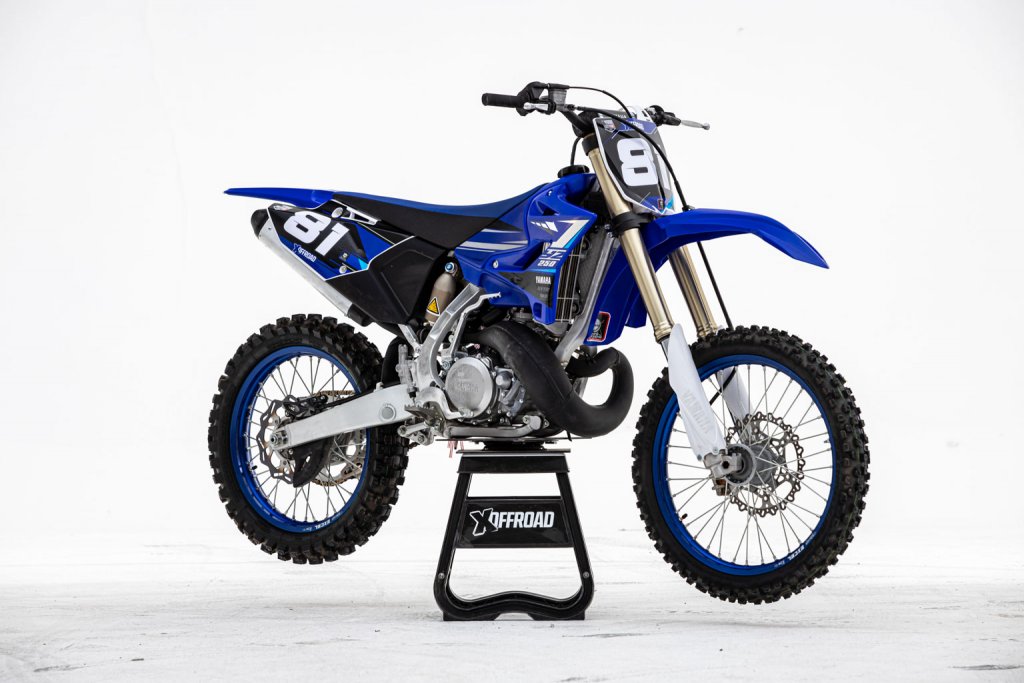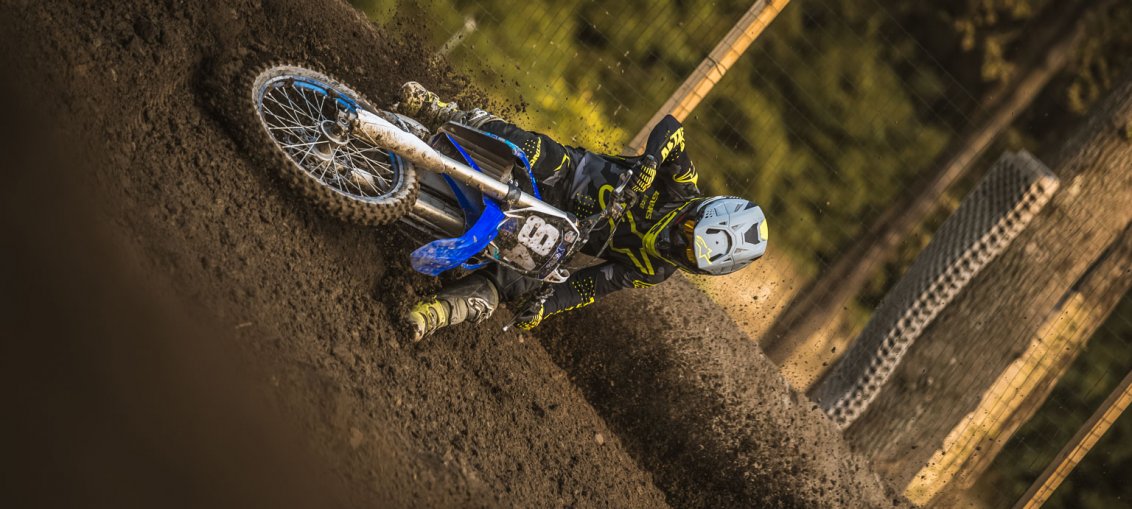
Yamaha YZ250 99.6kg 39.8bhp

While the KTM group shares its chassis technology between its two-stroke and four-stroke platforms on Husqvarna and KTM, the YZ250 is a totally different machine to its four-stroke siblings. It has its own frame and different plastics, while the engine remains the glorious 249cc smoker developed in the 1990s, with the YPVS exhaust powervalve and Mikuni carburettor. The main common parts with the YZ-F is the suspension, in addition to the rideability.
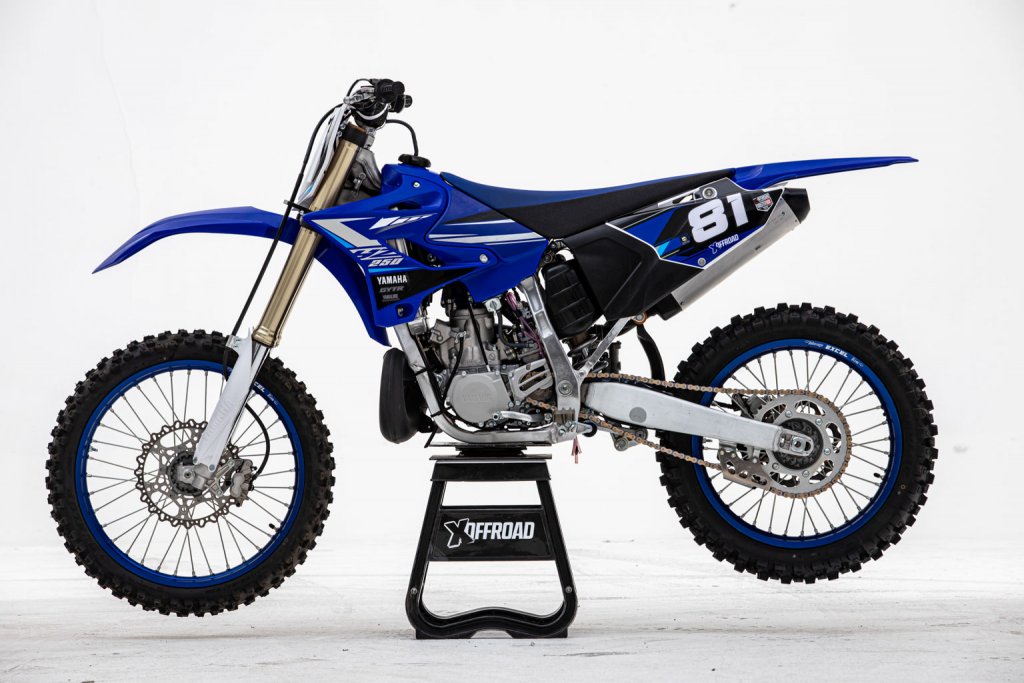
Despite the radical differences in engines and chassis, the YZ250 shares the KYB AOS 48mm forks with the YZ250F, albeit with a rather different set-up. Lesiardo found it was too soft in the initial stages of travel, so stiffened up the compression damping. This improved it but it still packed down in corners. At the rear the KYB was set up well and was planted, even at high speeds.

Maintenance
Motor oil: 0.8 litres.
Oil change: after break-in and then every 5 races or 12.5 hours
Air filter cleaning: after every race
Piston Replacement: every 12.5 hours
Starter motor: N/A
Premix: 33:1
Tyres
Front: Dunlop Geomax MX52F 80 / 100-21
Rear: Dunlop Geomax MX52 110 / 90-19
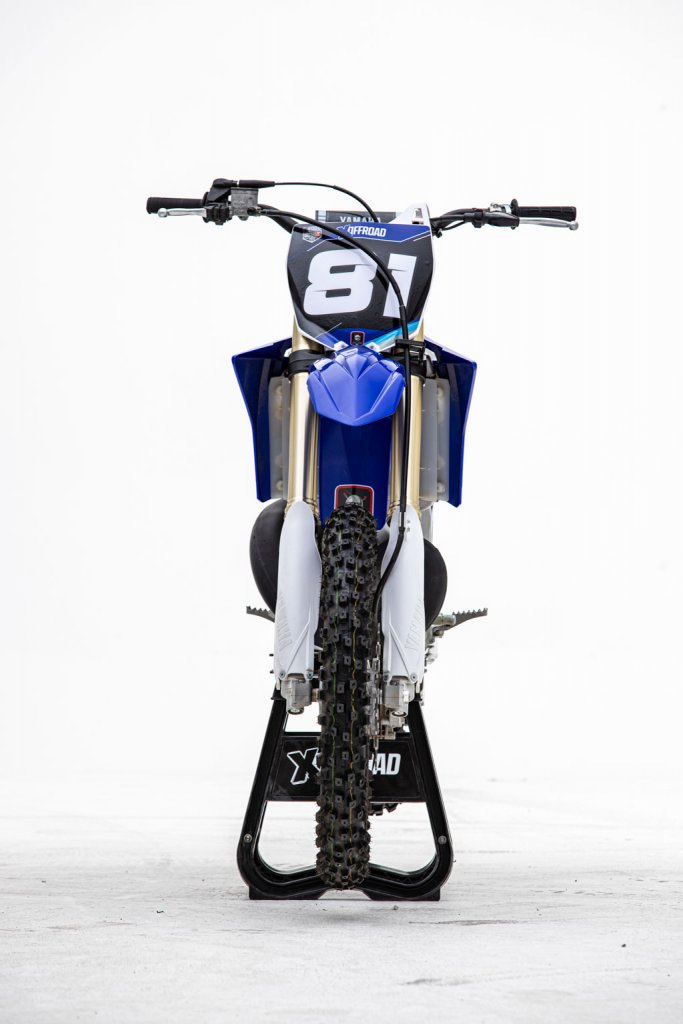
What the testers said:
Morgan Lesiardo:
It’ a really nice bike. I had to adjust the suspension, but it was fine in both the chassis and engine. It’s difficult to compare it to the YZ-F as it’s closer to the two Austrian two-stroke 250s. It is very reminiscent of the Husqvarna, with less power. It does have more low-down grunt but doesn’t rev on as far. In the air I found it much better than the other 250s, needing less rider input that the Austrian bikes. It really feels like a four-stroke chassis with a two-stroke engine. Like all 250 smokers, it is not very easy to manage the power which isn’t helped by the clutch which is less than perfect. I loved the rear shock which works well, hugs the ground and has good traction.
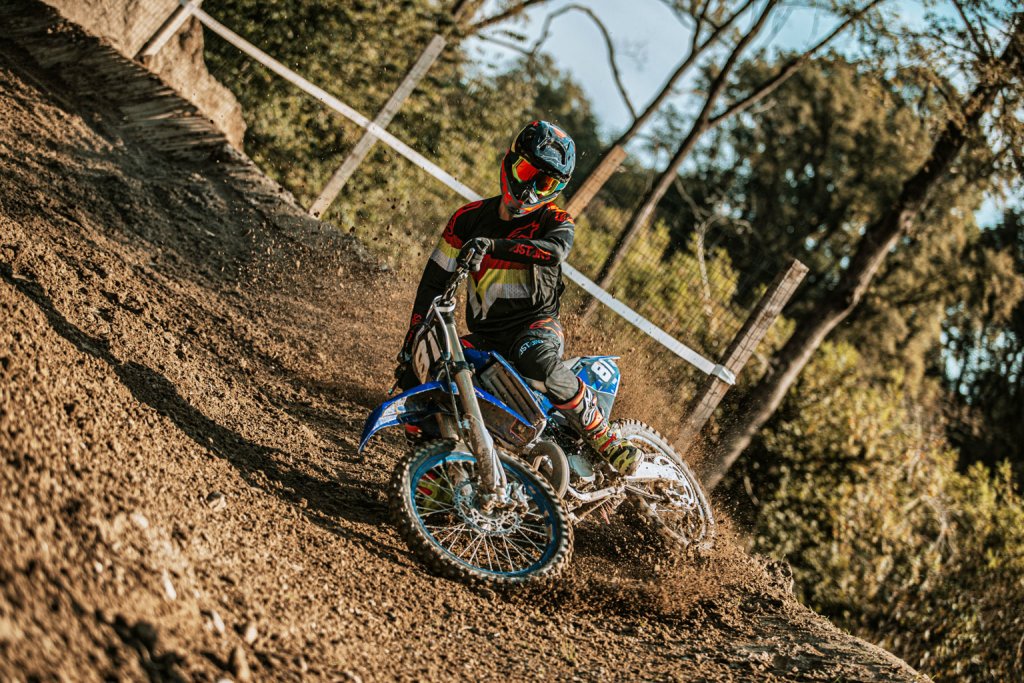
Stefano Dani:
If you choose to ride a 250 two-stroke in the MX2 class, you have some advantages. It’s very powerful, pulls you out of the corners and on a mixed terrain train like this, it’s an effective bike. On slippery hard pack you would struggle for traction.
It changes direction well and in the air you can feel it is very light. And of course you have to use the brakes more as there is no real engine braking.
It has a generally less rigid-feeling chassis than the four-stroke, which smooths out the ride a bit. At the start of a race it is a bit more difficult to keep the front end down, but if you are good at it you will holeshot for sure!
